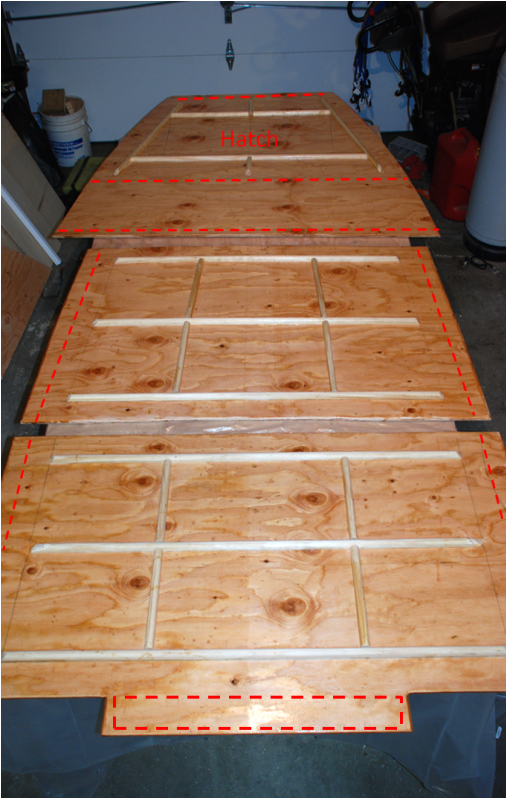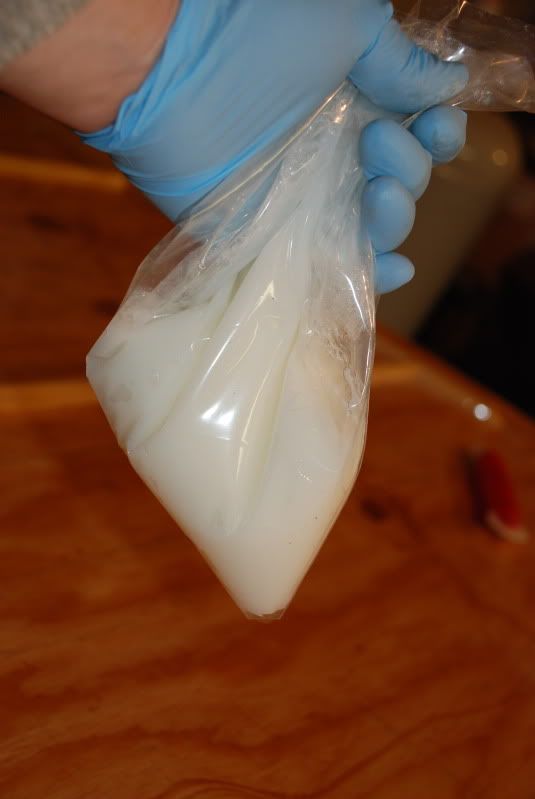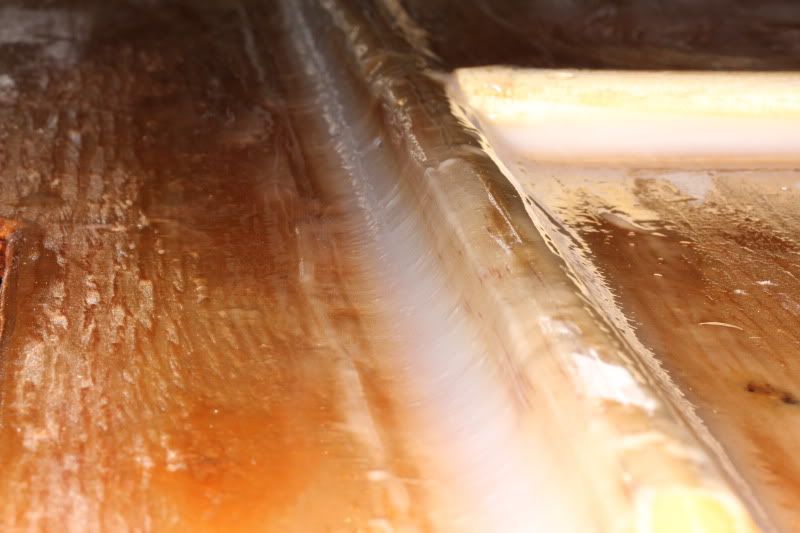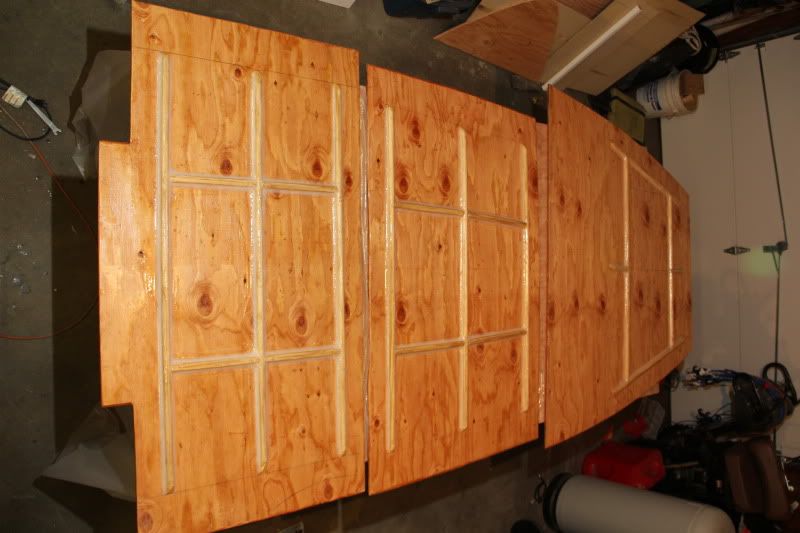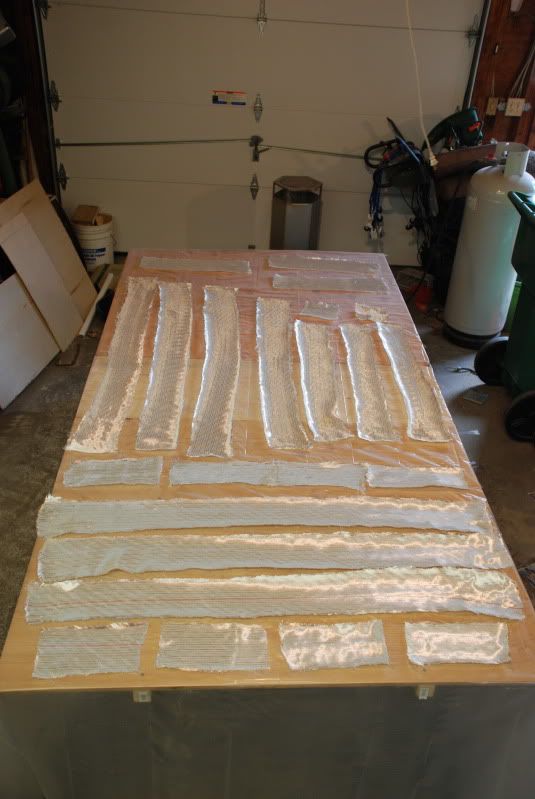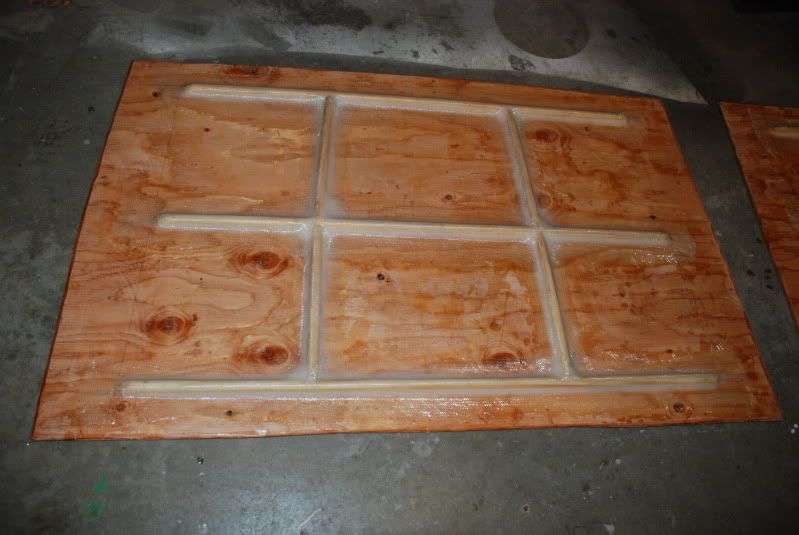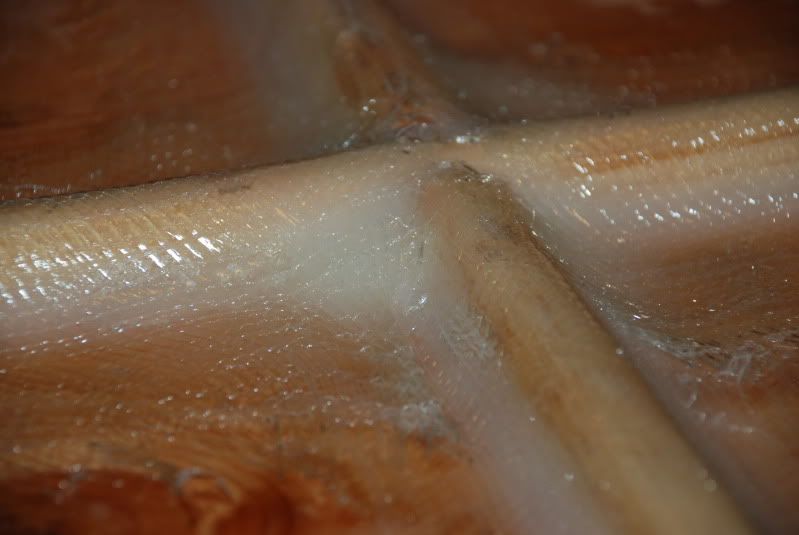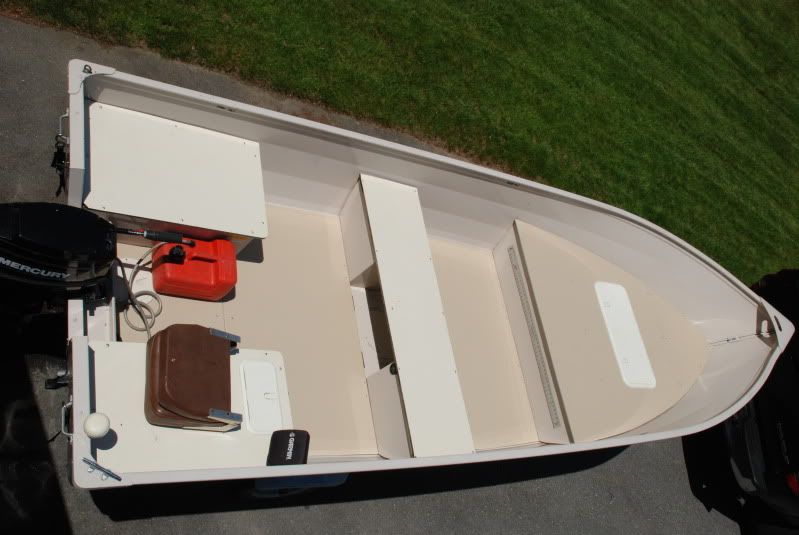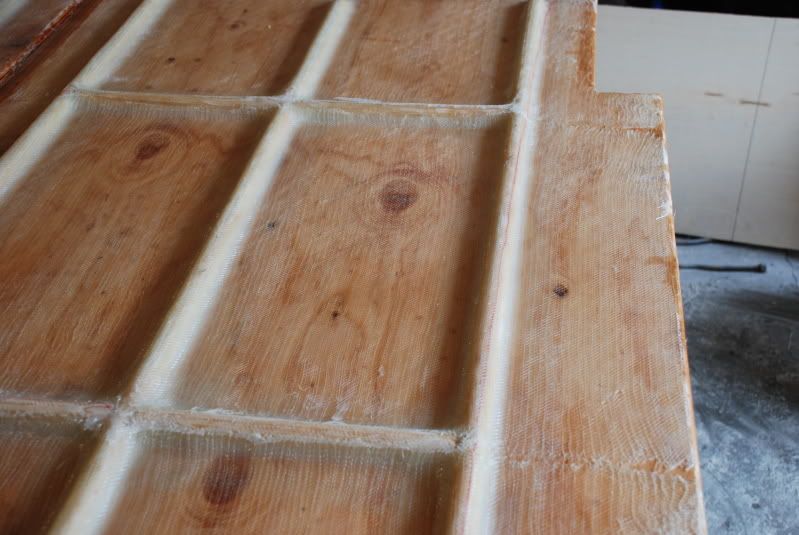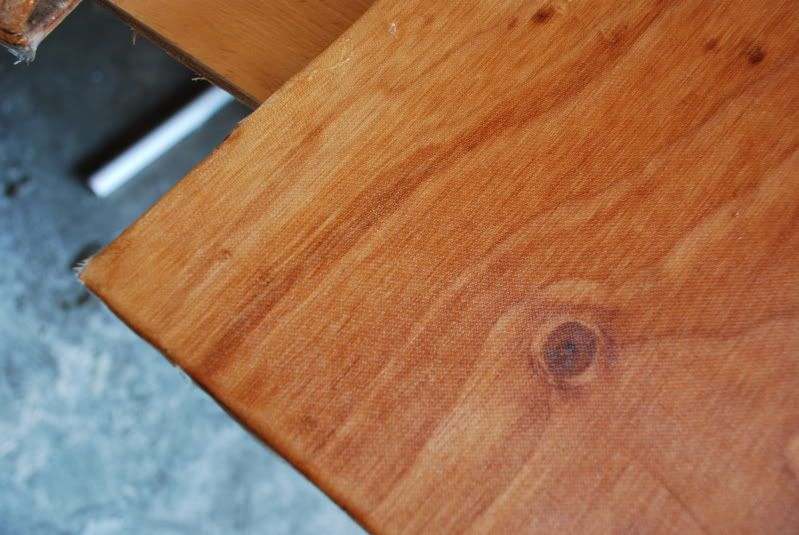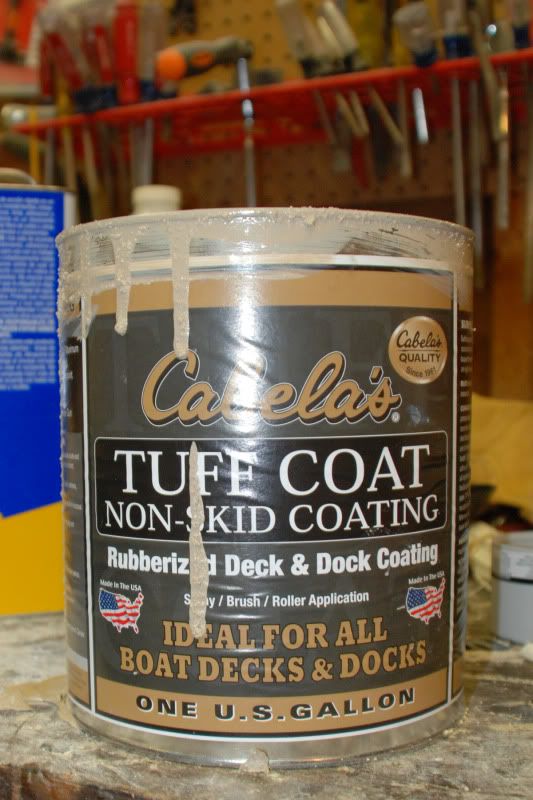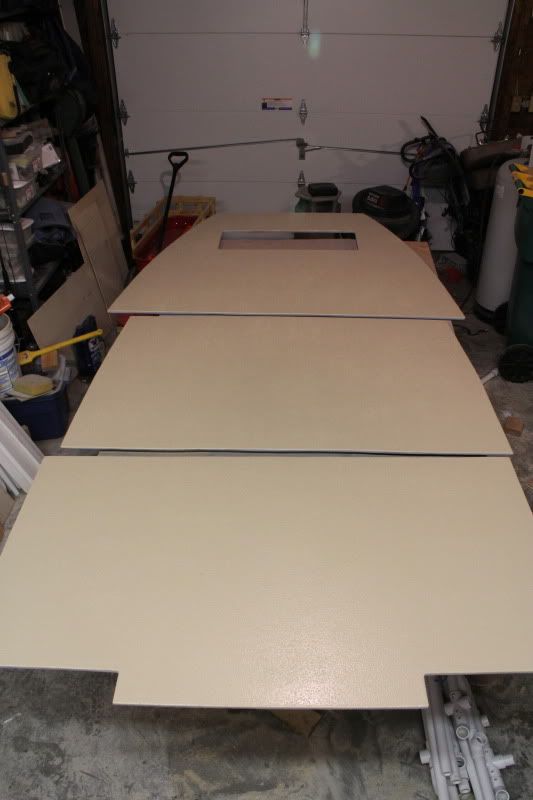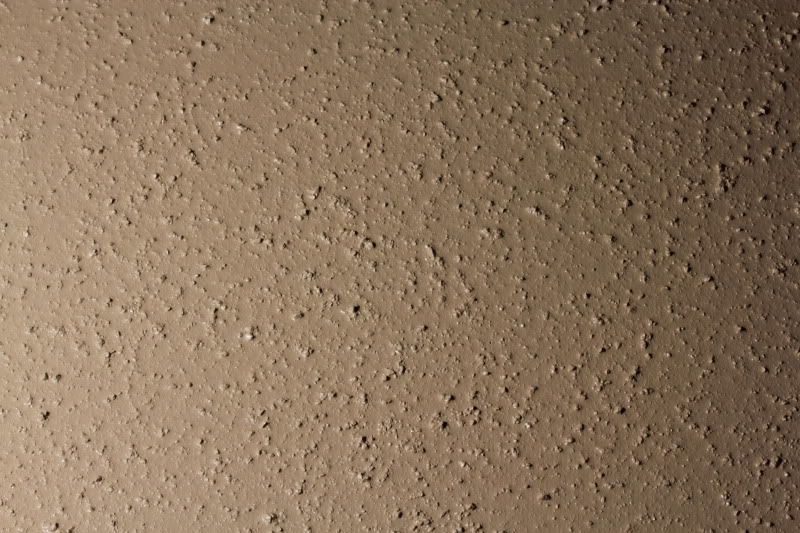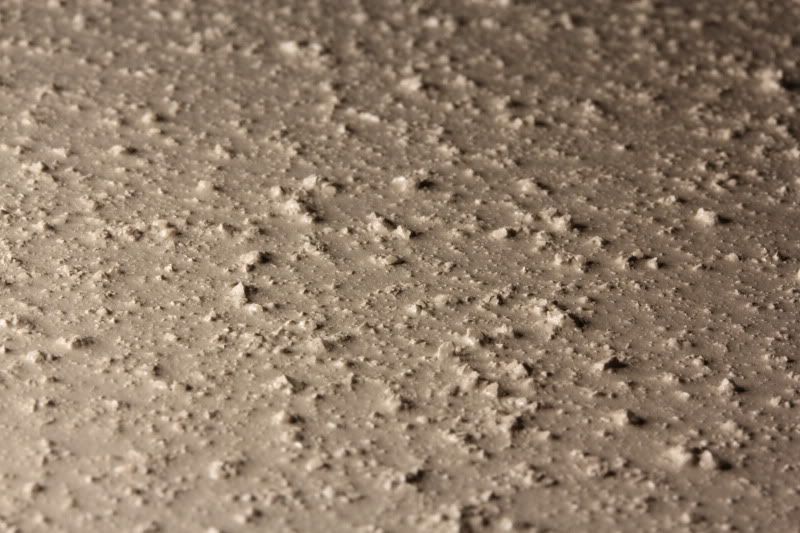Go Fish
Well-known member
I recently came across this website and it seems to be the perfect place to share this project...being that it is a tin boat and all. I have posted some of this on other sites so for those of you who have seen it already: Sorry for the redundancy.
My 1.5 year old daughter made me get a 16 foot aluminum skiff last season to take her lake fishing and to the beach. While she approved of the boat I brought home, a 2002 Crestliner Sportsman 16 with a 25 horse Merc tiller, she was a bit bent that it didn't have a deck. Being 2 feet tall, she had a bit of trouble keeping her balance standing on the dry side of the running surface. I can't resist my little girl so I decided to just give in and build her a deck for her new boat.
Here is the reference image:
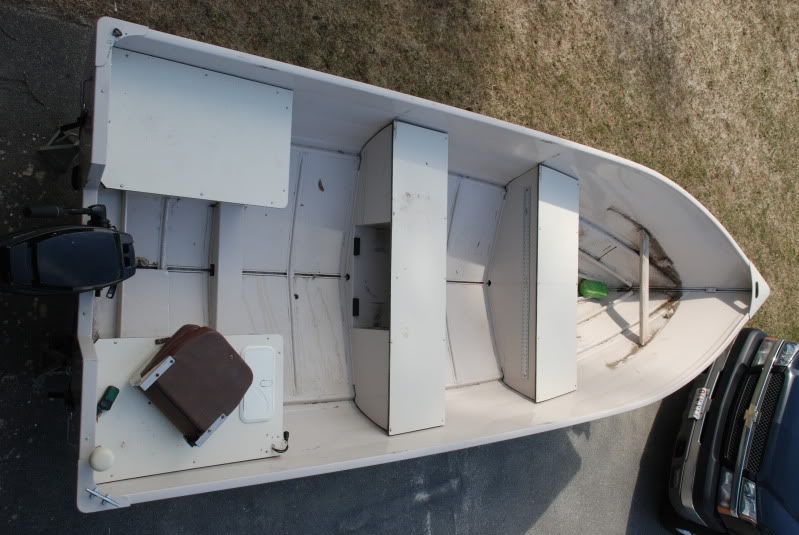
The plan is to core the new deck with 1/2" exterior ply, encapsulate it with some thin glass and epoxy and paint it with some rubberized non-slip deck paint. It should be pretty slick when it's done.
First I stripped off the stuff that was going to get in the way and then set to cutting templates. I made about 4 zillion measurements, transfered them to 1/4" plywood and then cut the rough shapes. Quite a bit of time was spent with a grinder shaving little bits off of the rough shapes until they fit into their respective spots.
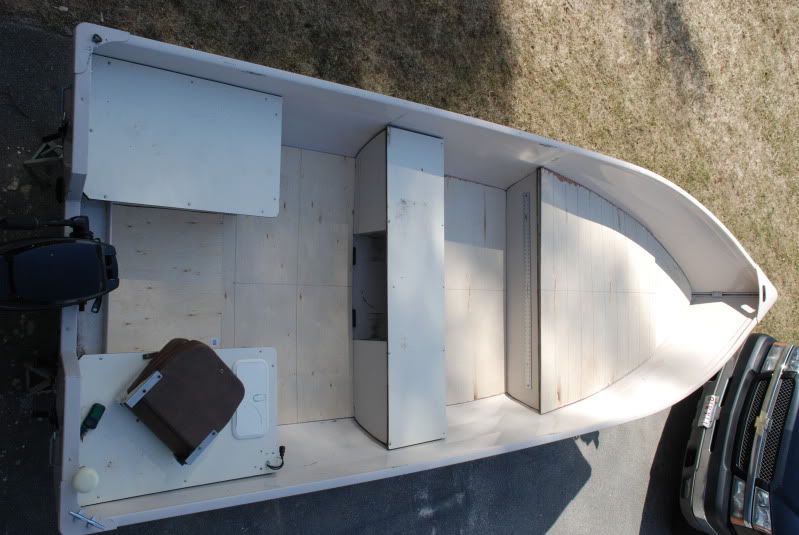
She really wanted a casting deck forward with tons of room for storage underneath it so I decided to go from the forward bench seat all the way to the bow. There should be room for alot of wet storage, a couple of dry storage hatches and the battery for the troling motor...
Oh yeah...she said she wanted to turn this little boat into a a bay and flats machine. I figure a trolling motor, some descretely installed electronics (including a stereo for the beach trips) and a jack plate to get the motor up and out should do the trick. If I can manage to set the jack plate up right this thing will run on wet grass.
The shapes I cut in the 1/4" stock were transfered to 1/2" exterior grade ply and were cut.
My goal with this project is to add as little weight as possible and allow easy removal of the deck I'm installing. Additionally, I don't want to poke any holes in the aluminum skin. So, this "floating" deck will have to be stiff where it isn't fastened to the hull or parts that are welded to the hull.
My solution is to add ribs to the underside of the deck:
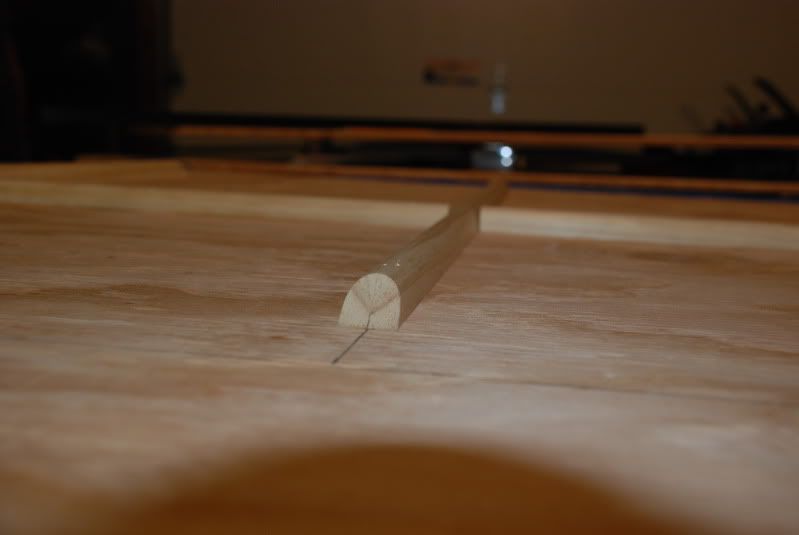
What you are looking at is 7/16 base shoe opposed to make a half round with the long sides perpandicular to the undreside of the deck. The bit between the underside of the deck and the rib will get a fillet of thickened epoxy before I apply 2 layers of 17 oz. biaxial glass.
Stiffness is commng from the glass. The base shoe is there just to make the glass take that shape.
My 1.5 year old daughter made me get a 16 foot aluminum skiff last season to take her lake fishing and to the beach. While she approved of the boat I brought home, a 2002 Crestliner Sportsman 16 with a 25 horse Merc tiller, she was a bit bent that it didn't have a deck. Being 2 feet tall, she had a bit of trouble keeping her balance standing on the dry side of the running surface. I can't resist my little girl so I decided to just give in and build her a deck for her new boat.
Here is the reference image:

The plan is to core the new deck with 1/2" exterior ply, encapsulate it with some thin glass and epoxy and paint it with some rubberized non-slip deck paint. It should be pretty slick when it's done.
First I stripped off the stuff that was going to get in the way and then set to cutting templates. I made about 4 zillion measurements, transfered them to 1/4" plywood and then cut the rough shapes. Quite a bit of time was spent with a grinder shaving little bits off of the rough shapes until they fit into their respective spots.

She really wanted a casting deck forward with tons of room for storage underneath it so I decided to go from the forward bench seat all the way to the bow. There should be room for alot of wet storage, a couple of dry storage hatches and the battery for the troling motor...
Oh yeah...she said she wanted to turn this little boat into a a bay and flats machine. I figure a trolling motor, some descretely installed electronics (including a stereo for the beach trips) and a jack plate to get the motor up and out should do the trick. If I can manage to set the jack plate up right this thing will run on wet grass.
The shapes I cut in the 1/4" stock were transfered to 1/2" exterior grade ply and were cut.
My goal with this project is to add as little weight as possible and allow easy removal of the deck I'm installing. Additionally, I don't want to poke any holes in the aluminum skin. So, this "floating" deck will have to be stiff where it isn't fastened to the hull or parts that are welded to the hull.
My solution is to add ribs to the underside of the deck:

What you are looking at is 7/16 base shoe opposed to make a half round with the long sides perpandicular to the undreside of the deck. The bit between the underside of the deck and the rib will get a fillet of thickened epoxy before I apply 2 layers of 17 oz. biaxial glass.
Stiffness is commng from the glass. The base shoe is there just to make the glass take that shape.


